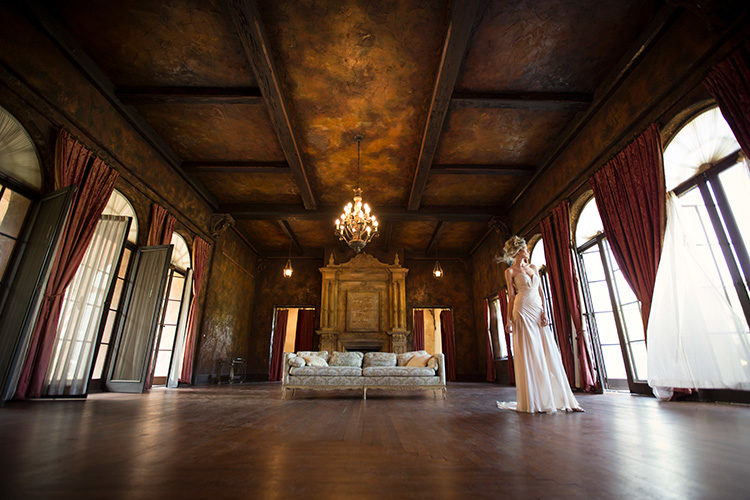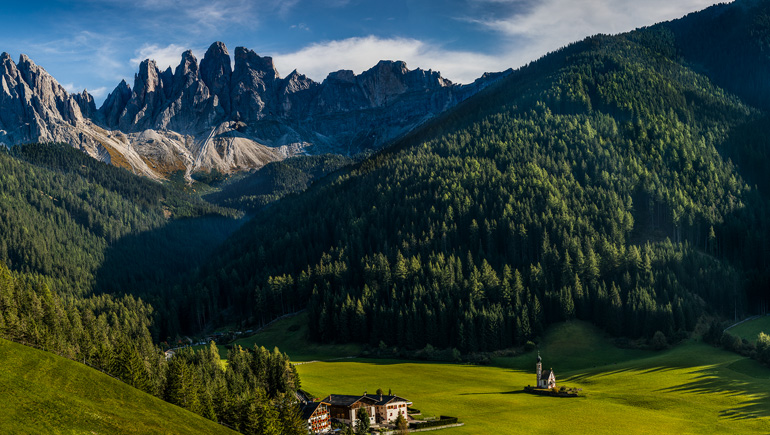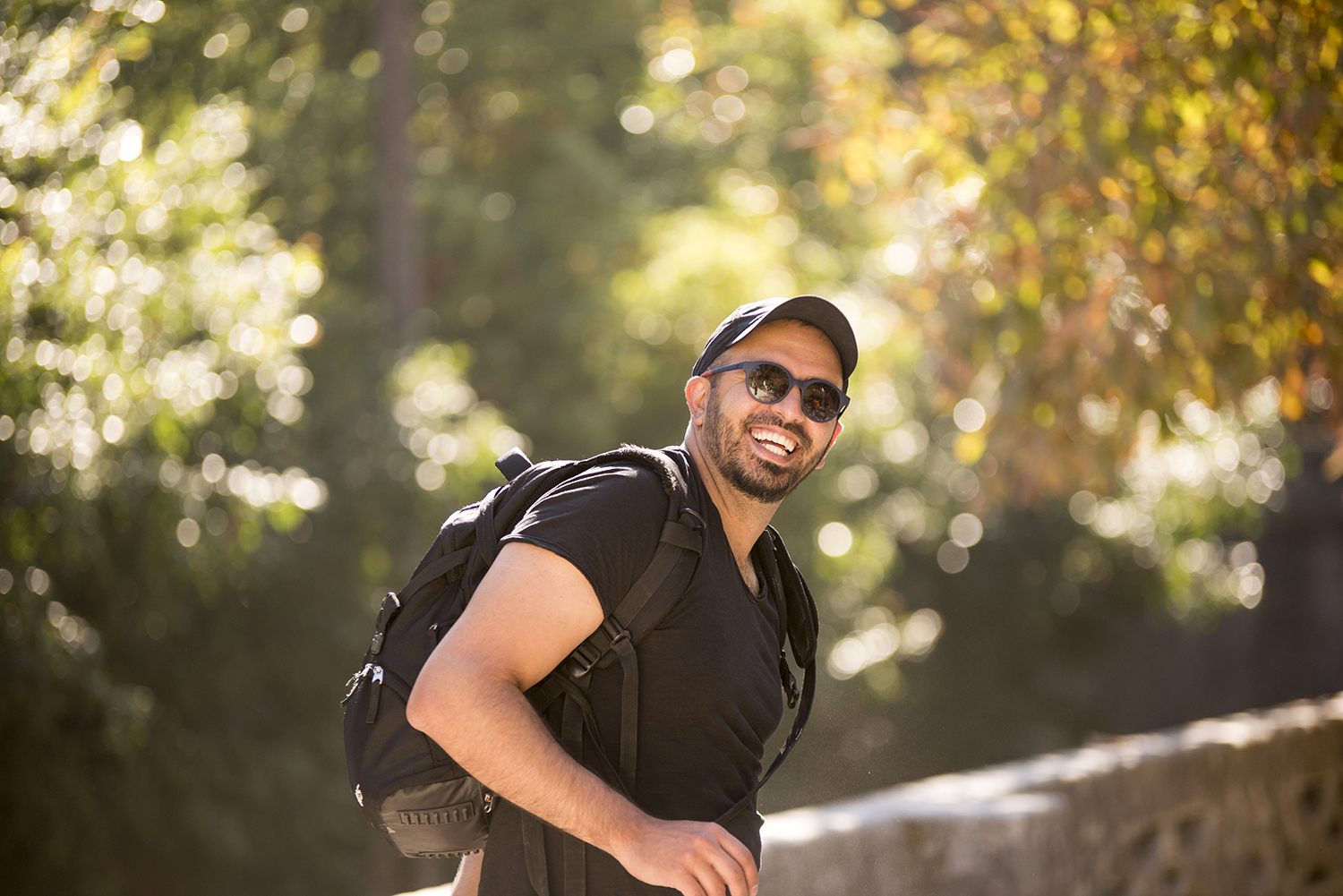Good morning, everybody and a happy Monday to you from the not nearly as hot as I expected Phoenix, Arizona (I’m here for my Lightroom Seminar today).

Just some quick photographic “food for thought,” but it’s something that has helped me immeasurably.
When you see an image you like; stop and take a moment to ask yourself why. “What exactly is it that I like about this photo?” but not just the general “why” (it’s interesting, it’s beautiful, etc.), but really breaking it down in a much more specific way. For example, when you look at an image (we’ll use my shot above as an example), if you like it, what exactly is it that you really like about it? Because once you really figure out what it is (and it may often be multiple things), it really can help guide your own photography to grow.
When you start doing this — and start analyzing the image (like I’m going to detail in just a moment), I’ve found that when I’m honest with myself, I’m often surprised by what it is that I actually liked in the image. I don’t like “everything” about it — I like certain aspects — things I’m drawn to. Once I know they are, I can then steer my photography in that direction. For example purposes, let’s look at my image above. We’re going to suppose that you like it (of course, in reality, you might not like it at all, but just for the sake of this exercise, it will help if you pretend you do).
When you look at it, is what you like about it:
- The lighting?
- The location?
- The model?
- Her Pose?
- Her Hair?
- Her outfit?
- Her position in the scene?
- That it’s shot from a low perspective?
- The wide-angle aspect?
- The overall color?
- The post-processing?
- The sharpness?
- The props?
- The story?
- Her Expression?
- The Composition?
- The mood of the image?
- The emptiness of the set?
- The many textures?
- The depth of the scene and layers?
It may be a number of different things, or it may be just one thing, but let’s pretend in this case you were honest with yourself and said, “It’s the location.” Great! That’s actually a huge help to you. You now know that locations like this have an appeal to you, and now you can either set out to find a shooting location near you that’s along these lines or at the very least keep an eye out for similar locations in the course of your daily life. You might know a friend, or a realtor, or an event space near you that you might be able to use or rent to create your take on this type of image.
Let’s say you also liked the wide aspect of the shot. That’s another huge help. Knowing you like this ‘on location’ type of shot taken with a really wide angle lens maybe means you want to be a storyteller with your images, but you’ve been shooting something entirely different, and that’s why you’re not happy where you’re at. Perhaps you’ve been shooting 2/3 length portraits or headshots when what you really like are these wide sweeping storytelling type of shots, where your subject is only a small part of the overall bigger scene. But you didn’t even know that about yourself.
Why this might be more helpful than you realize
I sometimes hear photographers say “Oh, I could never make a shot like that” talking about how it’s too complex, or too costly, or takes too much help, or it’s an impossible to get location, where in reality that’s not even the type of shot you want to make. But, within that shot, are things you do like and are drawn to, and once recognized, just those parts — the parts you’re drawn to — may be more accessible than you thought. You don’t have to do them all at once. For your next shoot, pick one aspect and try it. If you love the results, you’re on the right track — now add a 2nd element that you’d liked from that image you saw online. Your own style will start to emerge from mixing all these different aspects you like, from many different photos. When you shoot them your way, in your location, lit the way you want it, with the lens you now realize you like, and subject you chose, it’s an opportunity for real growth. For real progress. To break that log-jam. To start loving what you’re creating. There’s no reason this can’t be you. It starts with stopping to think. To analyze. To learn more about yourself.
There’s no reason you can’t do this. There’s no reason this can’t be you. It starts with stopping to think. To analyze. To learn more about yourself, and give yourself a goal and a chance to grow.
I wish you great success in achieving your photographic dreams, and I hope this food for thought nudged you a little further down the path. :-)
All my best,
-Scott





Very thoughtful post. Helps a lot. Thanks Scott.
Great post. And it works. I was at a talk given by the head of MIT’s artificial intelligence projects a few years back and they were investigating for lack of a better phrase “where in the brain intelligence takes place”. In their research they determined that a lot of it was in the input and output sections of the brain, meaning that by doing things like asking yourself questions, and yes, even talking to yourself, could bring nice benefits. Sometimes all one needs to do is ask themselves a question and an answer comes right back at them.